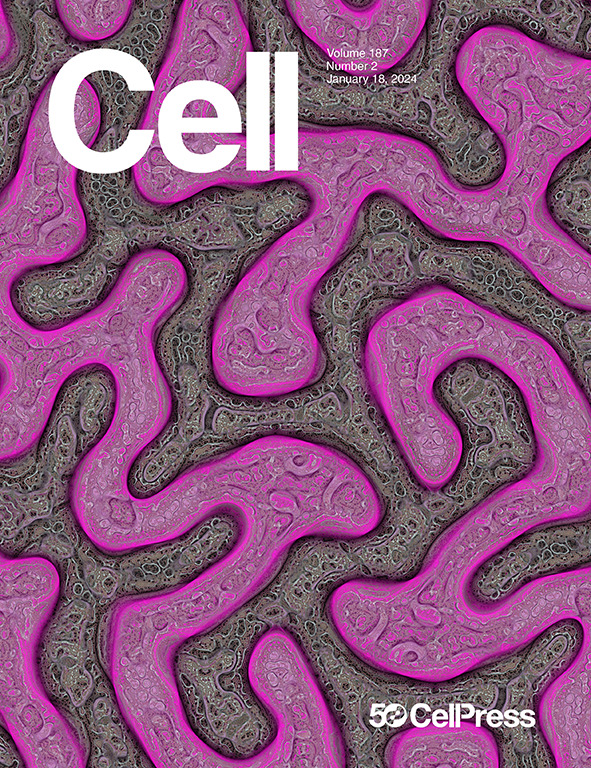Long-term histone lactylation connects metabolic and epigenetic rewiring in innate immune memory
IF 45.5
1区 生物学
Q1 BIOCHEMISTRY & MOLECULAR BIOLOGY
引用次数: 0
Abstract
Trained immunity, a de facto innate immune memory characterized by enhanced responsiveness to future challenges, is underpinned by epigenetic and metabolic rewiring. In individuals vaccinated with Bacille Calmette-Guérin (BCG), lactate release was associated with enhanced cytokine responsiveness upon restimulation. Trained monocytes/macrophages are characterized by lactylation of histone H3 at lysine residue 18(H3K18la), mainly at distal regulatory regions. Histone lactylation was positively associated with active chromatin and gene transcription, persisted after the elimination of the training stimulus, and was strongly associated with “trained” gene transcription in response to a secondary stimulus. Increased lactate production upon induction of trained immunity led to enhanced production of proinflammatory cytokines, a process associated with histone lactylation. Pharmacological inhibition of lactate production or histone lactylation blocked trained immunity responses, while polymorphisms of LDHA and EP300 genes modulated trained immunity. Long-term histone lactylation persisted in vivo 90 days after vaccination with BCG, highlighting H3K18la as an epigenetic mark of innate immune memory.

长期组蛋白乳酸化与先天免疫记忆中的代谢和表观遗传重新布线有关
训练免疫实际上是一种天生的免疫记忆,其特征是对未来挑战的反应能力增强,是由表观遗传和代谢重新布线支撑的。在接种卡介苗(BCG)的个体中,乳酸释放与再刺激后细胞因子反应性增强有关。训练后的单核/巨噬细胞的特征是赖氨酸残基18(H3K18la)处组蛋白H3的乳酸化,主要发生在远端调控区。组蛋白乳酸化与活性染色质和基因转录呈正相关,在训练刺激消除后持续存在,并且与响应于次级刺激的“训练”基因转录密切相关。经过训练的免疫诱导的乳酸生成增加导致促炎细胞因子的生成增加,这一过程与组蛋白乳酸化有关。乳酸生成或组蛋白乳酸化的药理抑制可阻断训练免疫反应,而LDHA和EP300基因的多态性可调节训练免疫。接种卡介苗90天后,组蛋白长期乳酸化在体内持续存在,这表明H3K18la是先天免疫记忆的表观遗传标记。
本文章由计算机程序翻译,如有差异,请以英文原文为准。
求助全文
约1分钟内获得全文
求助全文
来源期刊

Cell
生物-生化与分子生物学
CiteScore
110.00
自引率
0.80%
发文量
396
审稿时长
2 months
期刊介绍:
Cells is an international, peer-reviewed, open access journal that focuses on cell biology, molecular biology, and biophysics. It is affiliated with several societies, including the Spanish Society for Biochemistry and Molecular Biology (SEBBM), Nordic Autophagy Society (NAS), Spanish Society of Hematology and Hemotherapy (SEHH), and Society for Regenerative Medicine (Russian Federation) (RPO).
The journal publishes research findings of significant importance in various areas of experimental biology, such as cell biology, molecular biology, neuroscience, immunology, virology, microbiology, cancer, human genetics, systems biology, signaling, and disease mechanisms and therapeutics. The primary criterion for considering papers is whether the results contribute to significant conceptual advances or raise thought-provoking questions and hypotheses related to interesting and important biological inquiries.
In addition to primary research articles presented in four formats, Cells also features review and opinion articles in its "leading edge" section, discussing recent research advancements and topics of interest to its wide readership.
 求助内容:
求助内容: 应助结果提醒方式:
应助结果提醒方式:


